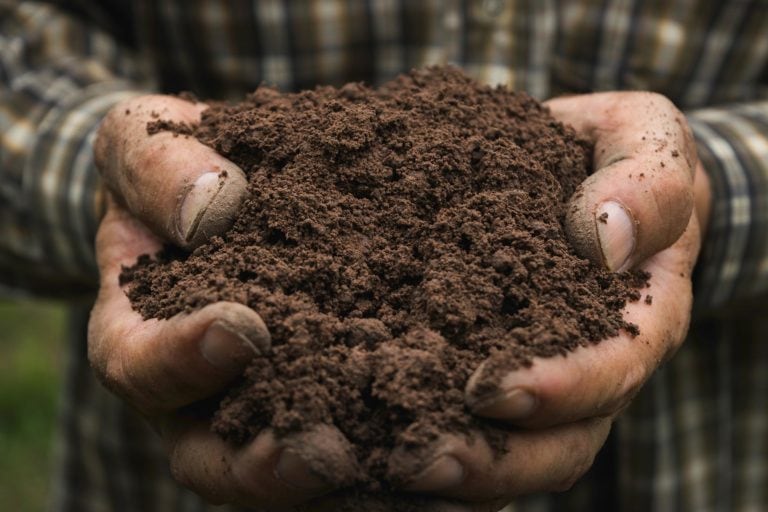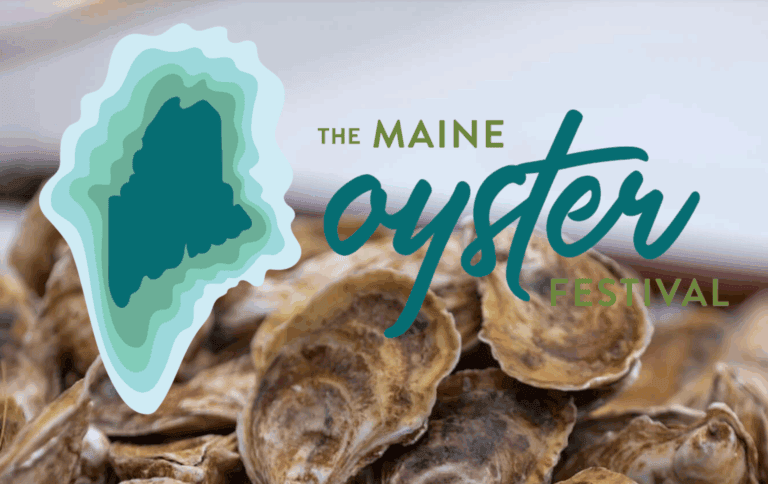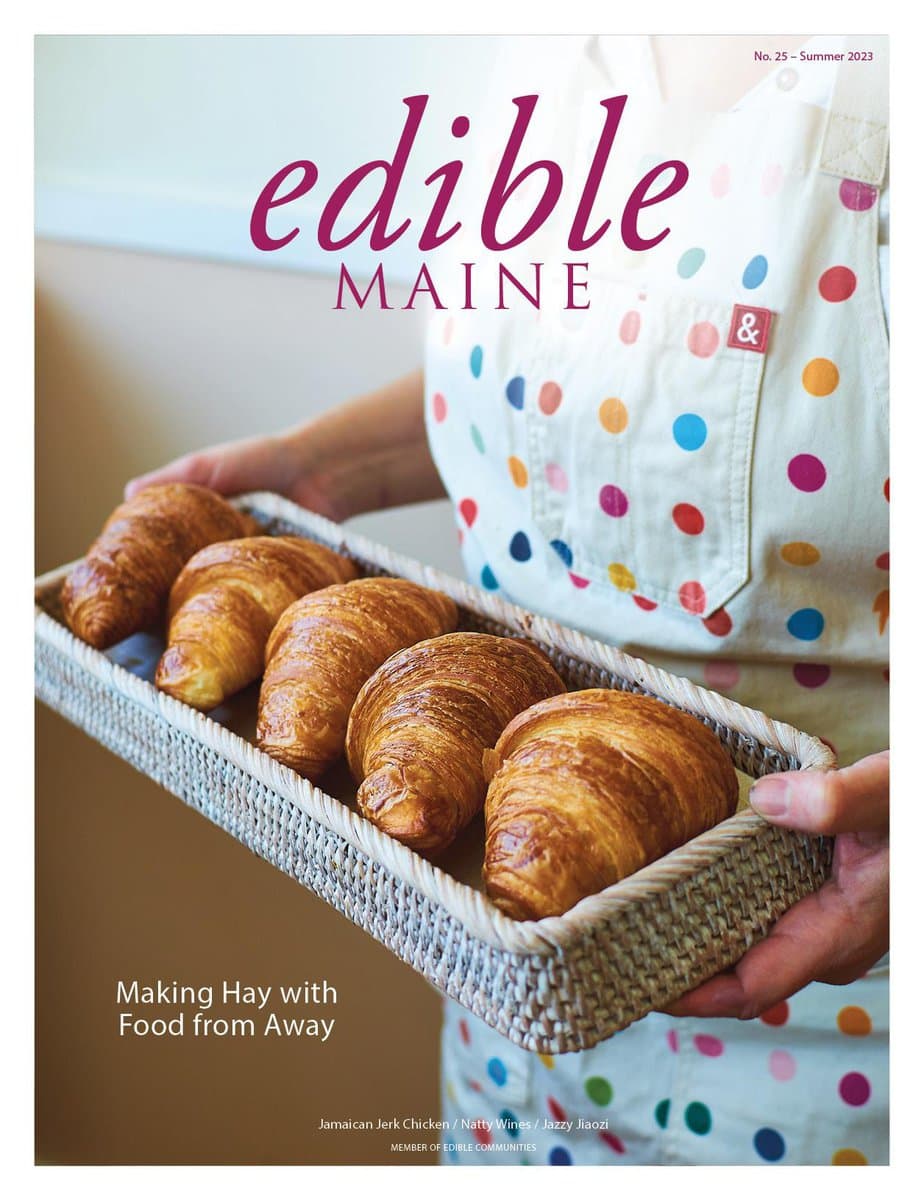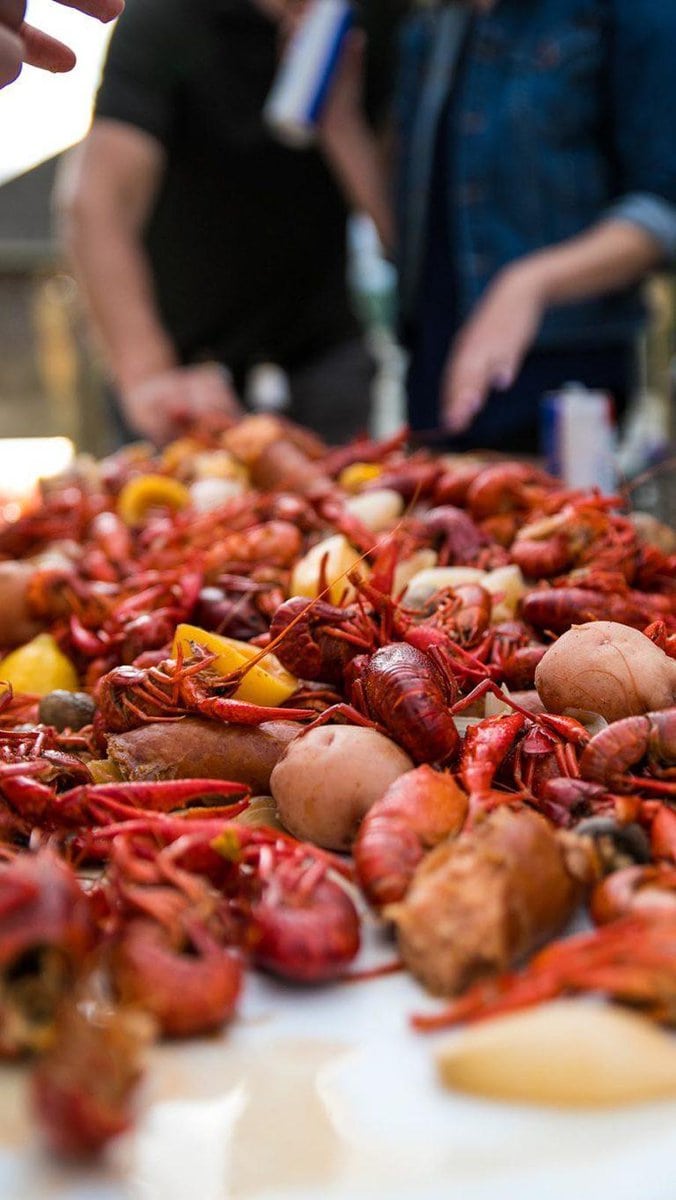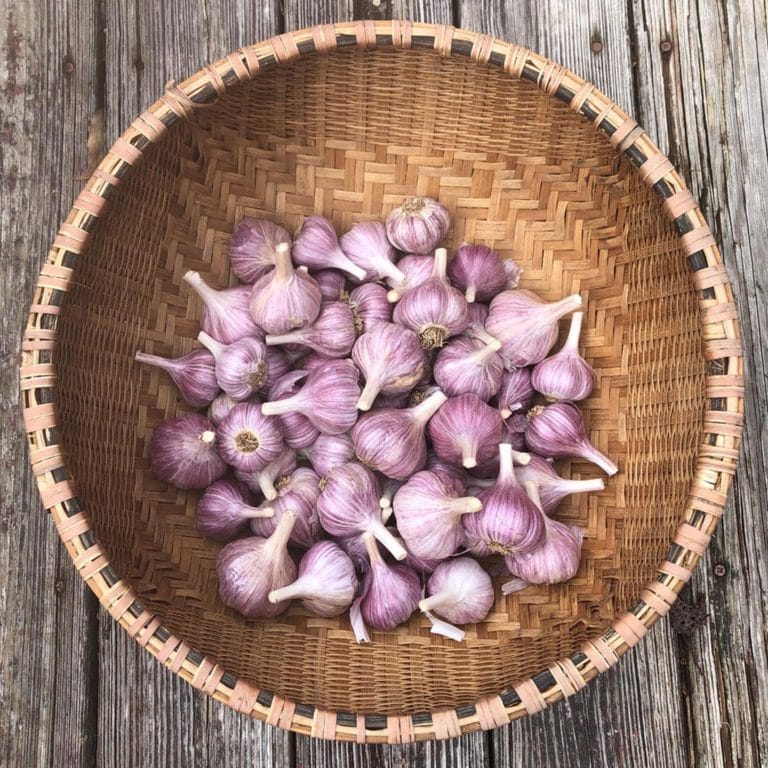Growing up, celebrations in our big Irish family meant dining at The Steak Out, a family-owned steakhouse in Brattleboro, Vermont. The restaurant housed two dining levels of cushy leather booths and “very fancy” white tablecloths. The restaurant was notorious for a few things: all-you-can-eat salad, shrimp cocktail, and a sprawling dessert bar. This was the highlight for me, a child with an aggressive sweet tooth. It featured two tall rotating display cases full of pies, layer cakes, and cheesecakes, sandwiching an additional counter-height display case full of sweets. I always opted for multiple servings of their soft-serve ice cream, but one evening, I decided to spring for a “pie” that so many raved about.
The confusion on my face was not concealed when the woman behind the counter handed me a slice of CAKE. Had she misunderstood my request? I was not one to complain (and still am not), so I took the dessert back to our table and dug into pillowy soft butter cake, silky smooth gobs of custard, and a slightly sweet chocolate glaze. I fell in love. And to this day, Boston cream pie stands as one of my favorite desserts. But where in the world did this beloved New England classic get its misleading name? The answer isn’t a “piece of cake” like it may seem.
The lore of this iconic dessert’s origins sent me on a wild ride. Most sources will tell you that it was created by French pastry chef Augustine Anezin (also known as Sanzian) in 1856, in the kitchen at what is now known as the Omni Parker House in Boston. Labeled as “chocolate cream pie” on the Parker House menu, it consisted of two thin layers of sponge cake soaked in a rum glaze and filled with vanilla custard, topped with a decadent chocolate glaze and adorned with toasted almonds. The dessert was genuinely groundbreaking, as chocolate was still most often consumed in beverage form at the time.
A less popular origin story pins the first mention of the dessert to The New York Herald in 1855, which described it as a spin on the 19th-century classic “Washington pie”—its own rabbit hole of history. Washington pie consists of two layers of sponge cake filled with jam and topped with powdered sugar. The most far-out explanation I found, though, tells a story of cake scraps being moistened with syrup and studded with dried fruit, then pressed into a pie crust and topped with icing—which to me sounds more like a distant relative of bread pudding.
Regardless of who can claim the dessert as their creation, the root of its name is much easier to “slice”: In the 1800s, cake pans were not accessible to most, so pie tins were used for baking cake layers. Finally, something everyone seems to agree on.
Although the dessert didn’t gain its Beantown moniker until 1878, it continued its journey well into the 1950s when Betty Crocker released a box cake version to supermarkets, which would become the brand’s biggest seller for years. Dunkin’ jumped on the bandwagon in the early 2000s, and the Boston Kreme donut remains one of their biggest hits. Massachusetts even went as far as to make Boston cream pie the state dessert in 1996.
After such a rich history, it felt only fitting to breathe new life into the classic recipe, but this time with a modern ingredient: THC! This recipe uses toasted almond flour in the tart dough as a nod to Anezin’s Parker House dessert garnish—wonderfully, it also makes this version gluten-free. We use vanilla bean pastry cream to fill our tart shells once they bake, and a silky chocolate ganache infused with Pot + Pan’s Dark Chocolate Baking Bar tops this delicious dessert that is sure to wow your adult friends.







